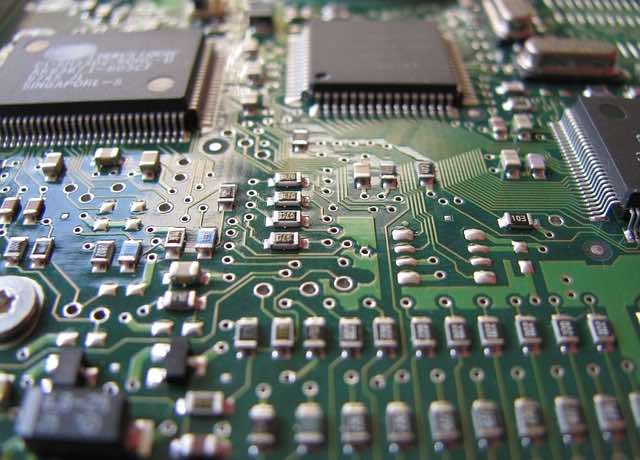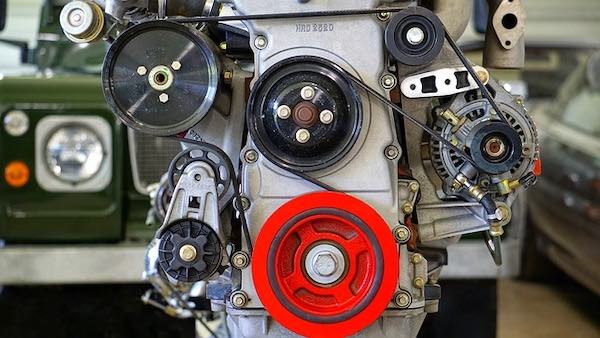Today’s cars and trucks are replete with sophisticated electronic systems, allowing drivers to do more than simply move around. In-vehicle infotainment (IVI), advanced driver-assistance systems (aka ADAS), and GPS are just some of the many features commonplace in modern vehicles.
As design complexities in modern vehicles are on the increase, regulations are critical to ensure that electronic components perform as intended and do not compromise the safety of drivers. Automotive standards ensure the quality, safety, and reliability of electronic components utilised in personal and commercial vehicles.
Why Electronics Standards are Essential in the Automotive Industry
Industry standards governing the use of electronic components and devices in automobiles are critical for the following reasons:
-
Automotive standards minimise the risk of widespread component failures which could result in costly recalls or production delays at manufacturing plants
-
Automotive electronics standards protect customers by ensuring that produced vehicles meet stringent quality requirements
-
Automotive standards ensure the reliability and safety of electronic systems in vehicles, lowering the risk of road accidents due to component failure
-
Automotive standards provide a unified global market for industry-compliant electronic components
Automotive Electronics Standards
Automakers must ensure their vehicles utilise electronic components that meet stringent quality standards and are compliant with safety regulations of host countries or target markets.
The most recognised standards include:
-
IATF 16949
-
AEC-Q100 &
-
AEC-Q200
IATF 16949:2016
The IATF 16949 standard, previously known as the ISO/TS 16949 covers several aspects of quality management for the automotive industry, including electronic product manufacturing. The standard was established by the International Automotive Task Force (IATF), a quality control coalition consisting of manufacturers and trade groups in the industry. Overall, the IATF 16949 encourages a greater level of consistency in electronic component manufacturing across the board, multi-level approval of control plans for product safety and risk mitigation, embedded software design considerations, and more.
AEC-Q100
The AEC-Q200 is a globally-recognised standard from the Automotive Electronics Council (AEC), originally founded by Ford, Chrysler, and General Motors (GM). It is a failure-based stress test qualification for integrated circuits (ICs) utilised in automobiles.
AEC-Q200
The AEC-Q200 is an internationally-recognised standard for passive electronic components that meet the AEC’s requirements for multifarious stress resistance. Electronic components can be termed “AEC-Q200 qualified” only if they hold up after the following stress tests:
-
Electrical stress
-
Moisture resistance (water, chemicals, solvents, etc.)
-
Temperature resistance
-
Mechanical shock
-
Operational life (durability)
-
Solderability and terminal strength
The AEC-Q200 qualification is globally recognised as a mark of quality, reliability, and safety of automotive components.

Electronic components on a PCB.
Critical Requirements for Automotive Electronics
From a high-level perspective, there are three critical requirements for electronic components to meet automotive quality standards – ruggedness, reliability, and resistance to interference.
For the ruggedness requirement, vehicle electronics must be able to withstand harsh operating temperatures, vibration, and extreme shock commonplace during the use of automobiles. The reliability of an electronic component is the frequency of failures that occur during its useful life, whether latent or catastrophic. Component reliability also covers several aspects of use such as the mean time to failure (MTTF) and mean time between failures (MTBF). The fourth requirement is for components in automobiles to coexist together with minimal interference. Electromagnetic interference (aka EMI or “noise”) and electrostatic discharge (ESD) are leading causes of failures in sensitive components such as ICs for in-vehicle infotainment systems and body computer modules (BCMs) of modern vehicles.
Automotive Electronics Testing
Some of the most critical tests for ascertaining the reliability of electronic components include electrical safety testing, automated visual inspection, and in-circuit testing.
Electrical Safety Testing
Due to the ever-present risk of electric shock due to human exposure, it is essential to carry out electrical safety tests on electronic products before, during, and after production. Some of the most common electrical safety tests carried out on electronics include dielectric withstand, current leakage, and earth continuity tests.
Dielectric Withstand Test
The dielectric withstand test measures the ability of the electronic device to withstand a high voltage applied between its terminals and a ground connection.
Current Leakage Test
This test measures the amount of leakage current that flows between a component’s DC source and a ground connection.
Earth Continuity Test
This test measures the reliability of the ground connection between a component’s ground pin and the surface of the component.
Automated Optical Inspection (AOI)
Automated optical inspection is one of the most cost-effective methods for verifying the quality of electronic components with limited access, e.g., in electronic control units (ECUs) of cars and trucks. Using AOI, a computer-controlled camera scans the PCB under test for quality defects, tombstoning, missing components, presence of foreign materials, solder paste quality, etc.

The interior of an automobile showing its GPS system.
In-Circuit Testing (ICT)
An in-circuit test is a type of white-box test for testing a printed circuit board (PCB) comprising passive or active components for resistance, capacitance, open-circuits, short-circuits, and other fault conditions. The equipment used for ICT may either be a Bed-of-Nails tester or specialised test bench, depending on the PCB complexity.
According to IC Systems, the automotive industry is currently the fastest-growing market for electronic components, ahead of computers and communication systems. Electronics standards for the automotive industry were established to ensure the quality, safety, and reliability of electronic components utilised in automobiles. Moreover, component manufacturers must subject their products to rigorous and varied tests to ensure that their products are up to spec.
Globally-Recognised Standards
The predominant standards (recognised the world over) include the IATF 16949, AEC-Q100, and AEC-Q200. Understanding the complexities of automotive electronics standards and testing requirements aids electrical engineers working in the industry in designing robust, reliable, and compliant electronic systems in personal and commercial vehicles.





